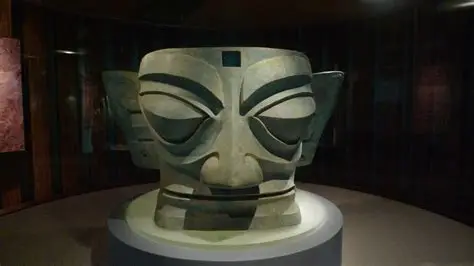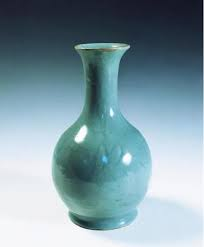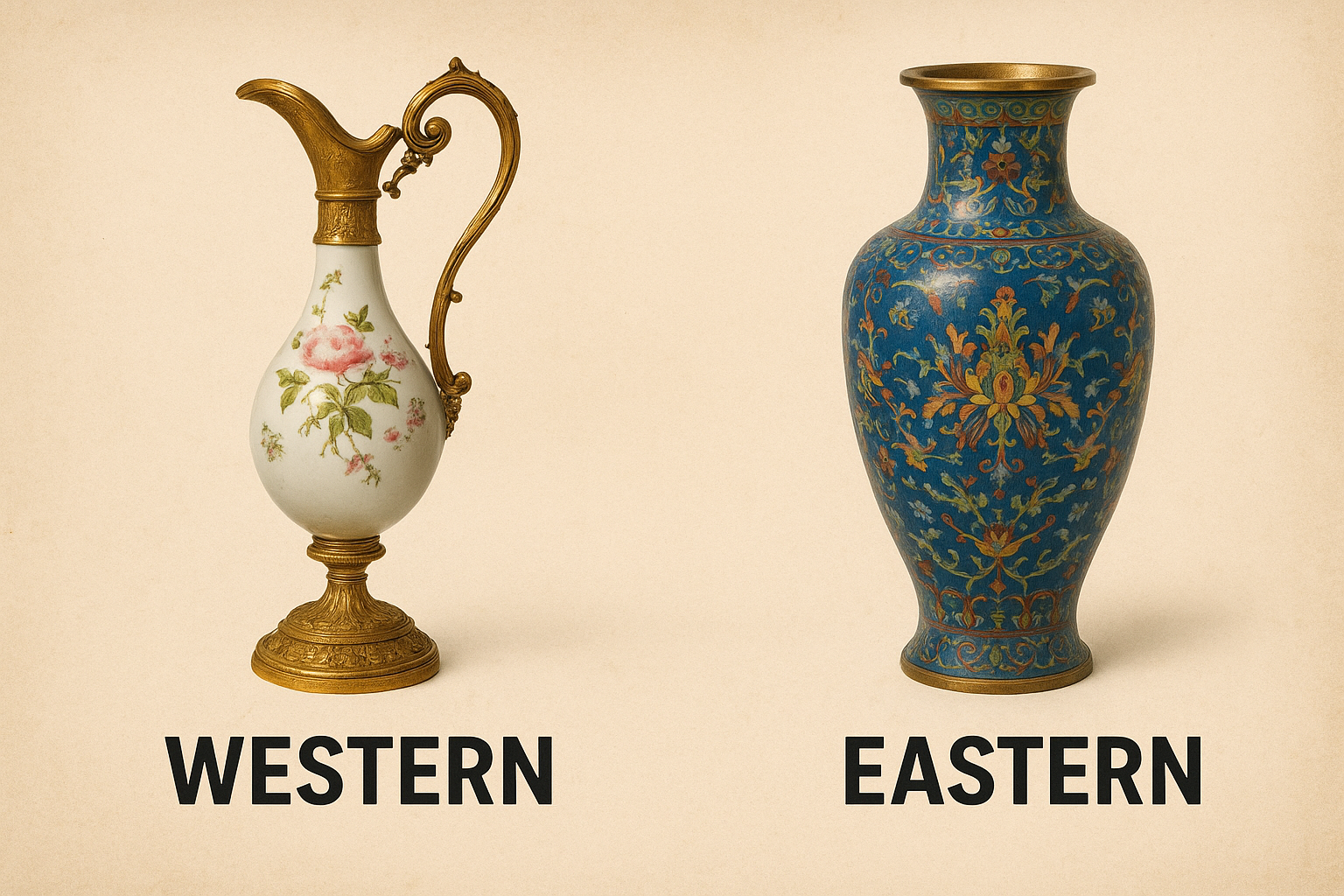On the vast Chengdu Plain in southwestern China, an ancient and mysterious civilization has awakened…
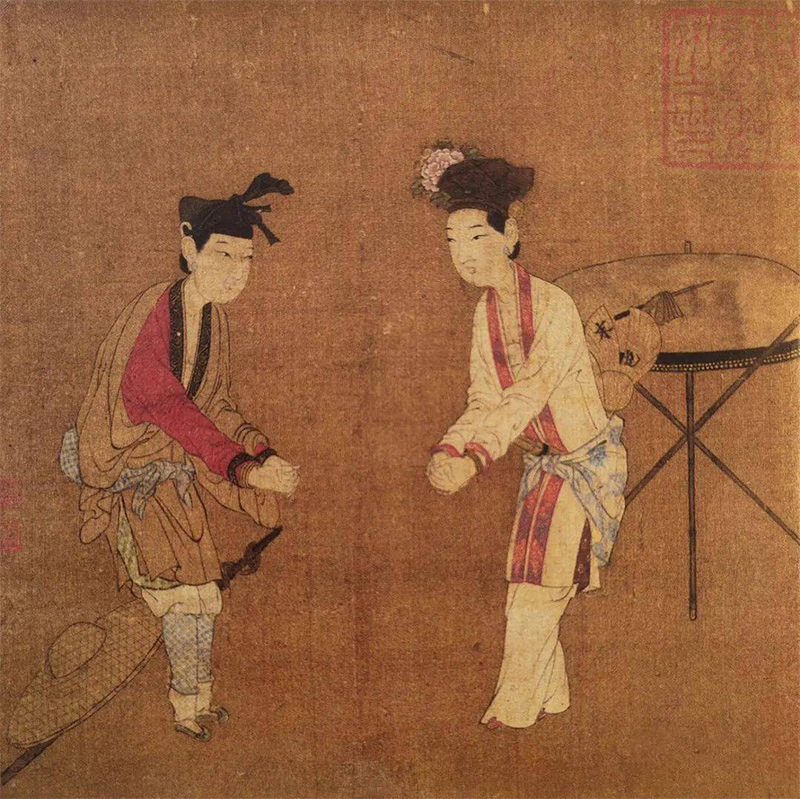
Song Dynasty Aesthetics:Song Painting and the Human Spirit
Song dynasty painting stands as a brilliant gem of classical chinese aesthetics. From scenes ofbustling everyday life to the vast serenity of landscapes, from the charm of living creatures toprofound philosophical metaphors, the spirit of the age flows vividly through brush and ink.From the vibrant, earthly joys of The Peddler to the haunting meditation on life and death inSkeleton Fantasy Show, Song painting is not merely an artistic expression-it is a vividreflection of the Song people’s inner world. Every stroke holds the pinnacle of chineseaesthetic vision.
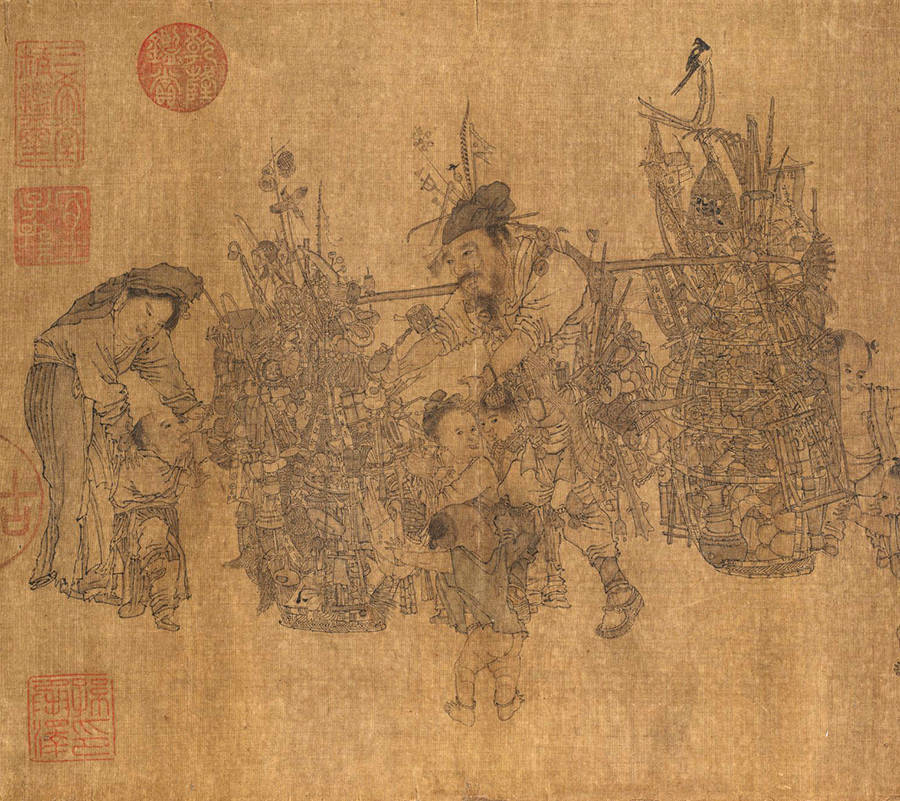
The hustle and bustle of city life is fully displayed in the painting. Li Song’s “The Peddler” uses delicate brushstrokes to depict the dazzling array of small commodities on the peddler’s shoulder pole, the joy of the children surrounding him, and the peddler’s simplicity, capturing the vividness of the Song Dynasty marketplace. “Playing the Flower Drum” focuses on folk performance scenes, with vivid characters and full of life interest. These paintings break away from the elegant paradigm of traditional literati paintings and turn their attention to ordinary people, reflecting the Song Dynasty aesthetics’ attention to and cherishment of secular life, and finding the true taste in the ordinary.
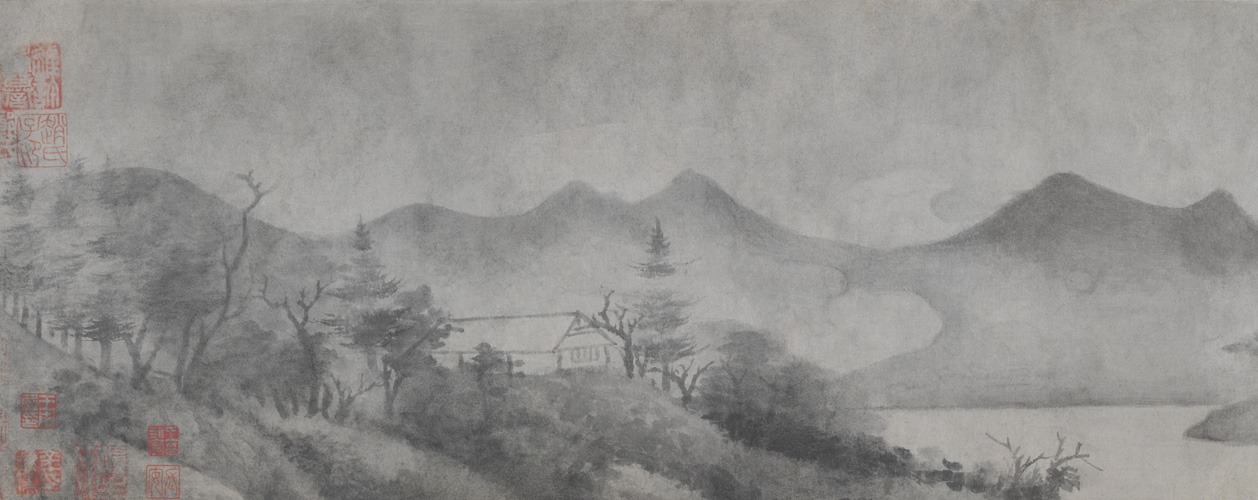
Song Dynasty paintings further integrated landscape conception with philosophical contemplation, opening up a vast spiritual realm. In “Wonders of Xiaoxiang” by Mi Youren, a painter from the Southern Song Dynasty, the rolling clouds and mist change rapidly, which vividly expresses the humidity and water vapor of the south of the Yangtze River. This hazy and obscure picture effect further highlights the remoteness of the mountains and rivers; in “Pasturing in Snowy Creek” by Xia Gui of the Southern Song Dynasty, although the people and cows are only tiny, you can clearly feel that a wrestling is going on in this inconspicuous corner.
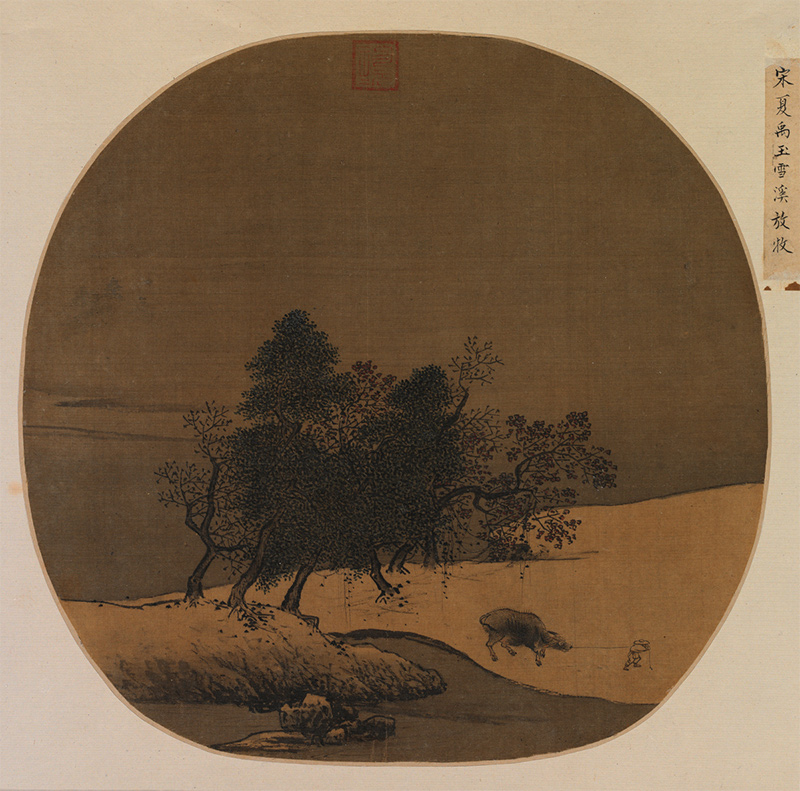
Among the many paintings ot the Song dynasty, Li song’s Skeleton lllusion Play isespecially striking. lt breaks away from conventional subject matter, using absurdist imagery toexplore profound themes. The scene features skeletons and children-an unsettling yet innocentjuxtaposition-where absurdity veils deeper meaning. The painting contemplates life and deathwhile subtly alluding to the Buddhist notion of illusion and impermanence. lt reflects thephilosophical depth embedded in Song dynasty aesthetics.
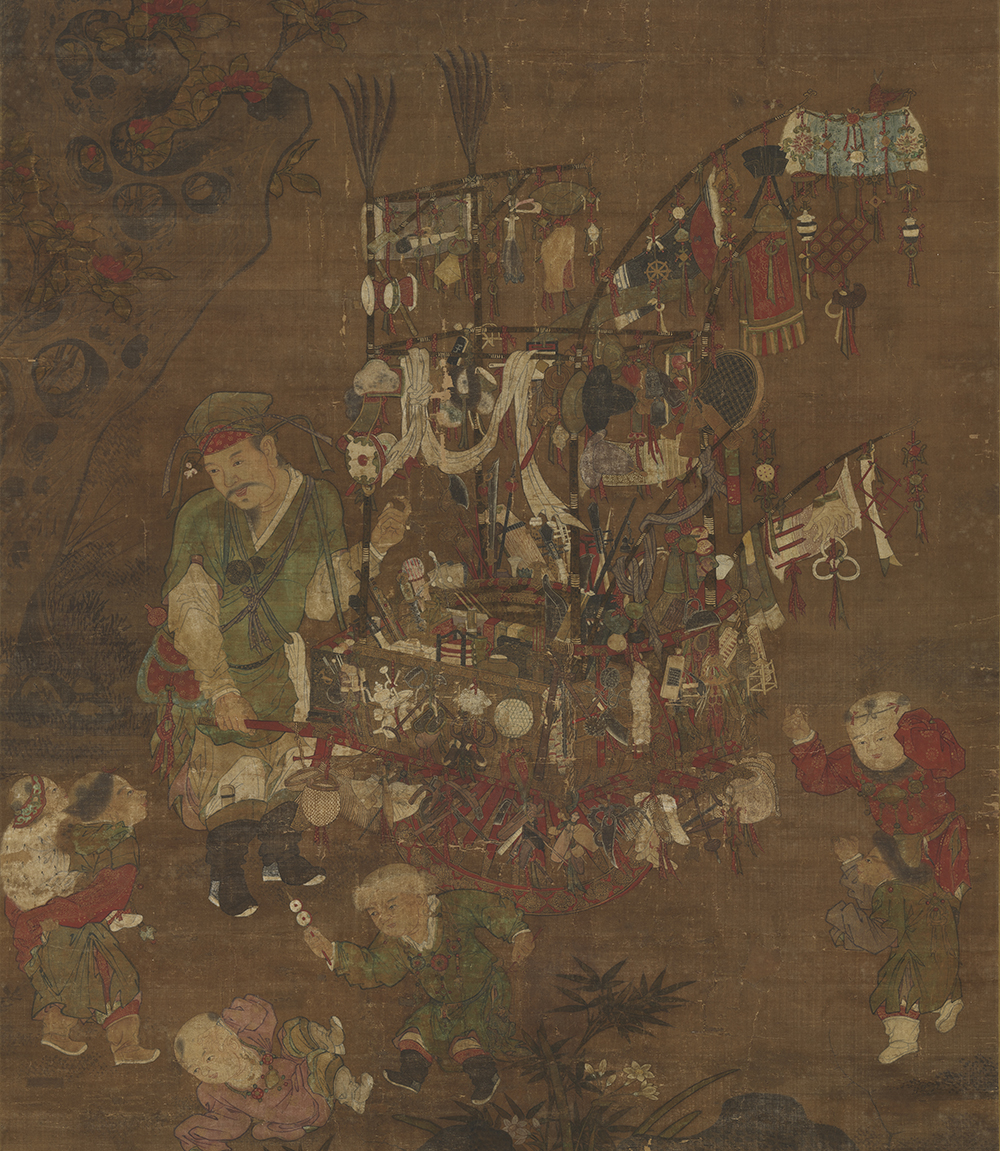
Looking back at the changes in the history of Chinese painting, from “people hidden in the painting” in the Song Dynasty to “people visible in the painting” in the Ming and Qing Dynasties, the changes in the proportions between people and nature are like a history of the evolution of aesthetic orientation. With a humble attitude, Song Dynasty painters integrated characters into the world and mountains, allowing individuals to find resonance and comfort in nature, achieving the supreme aesthetic realm of “harmony between man and nature”. This aesthetic philosophy, centered on nature and the symbiosis of man and all things, not only embodies the unique charm of Song Dynasty painting but also embodies the Chinese people’s most authentic understanding of the world. As the proportion of figures in later paintings gradually increased, they naturally became the background, which further highlighted the rarity and preciousness of Song Dynasty paintings, which “see the big picture in the small and blend into the world.” Song Dynasty paintings, with their reverence for nature and pursuit of harmony, shine brightly through the long river of time, becoming an aesthetic model that is difficult to replicate in later generations, and forever capturing the most philosophical peak moments in Chinese classical art.

